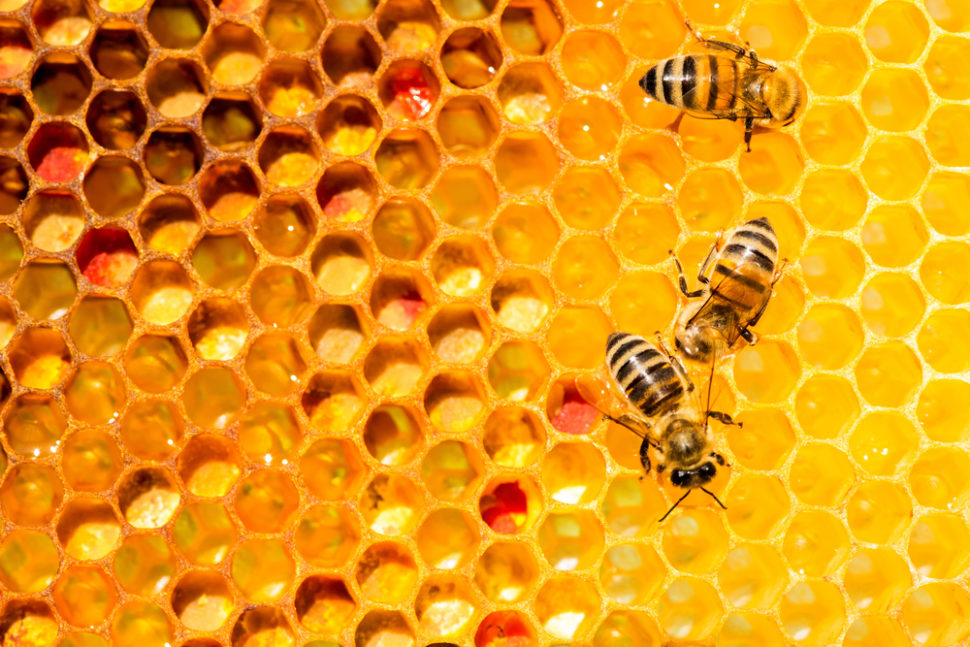Honeybees are way smarter than scientists suspected. In an intriguing new study, researchers discovered that the insect’s sesame-seed-sized brain is capable of solving simple math, specifically, addition and subtraction.
Before you ask, the answer is no; science hasn’t developed tiny pens for insects. Also, bees can’t communicate with humans yet — at least not in the traditional sense.
That means, the honeybees didn’t approach the math problem as we would. In other words, they didn’t write out numerals or symbols.
So, how did they perform the basic arithmetic, you ask?
How Researchers Trained Bees to Solve Maths
According to the publication in Science Advances, the researchers trained 14 honeybees to do simple arithmetic using color-coded shapes. While the color blue represented addition, yellow was used for subtraction.
For example, four blue shapes meant that the correct answer would be one greater, that’s five. While four yellow shapes imply that the answer is one fewer, that’s three.
With a Y-shaped maze as the classroom, the bees received a sugar water reward when they chose correctly. And an incorrect answer earned them a bitter quinine solution as punishment.
Since the instinct of bees is to seek food, they always returned to the maze to learn. Eventually, the insects became more accurate.
After completing their training, the researchers tested the bees dozens more times, but the result remained consistent. Whether they were adding or subtracting, the bees were more right than wrong.
The Implication of the Study
The study suggests that the part of the brain that primates use for math, the prefrontal cortex and posterior parietal cortex, are not necessary for bees.
Since math is a complex cognitive process, the bees had to depend on both their long and short term memories. With the former, they could remember the rules while the latter allowed them to deal with the figures.
That means an animal doesn’t need language nor numerical abilities to learn maths. And as far as brain size is concerned, bigger is not always better.
Ultimately, humans may not be as unique as we think or maths is not nearly as complicated as we imagined.






“bigger is not always better” 😀